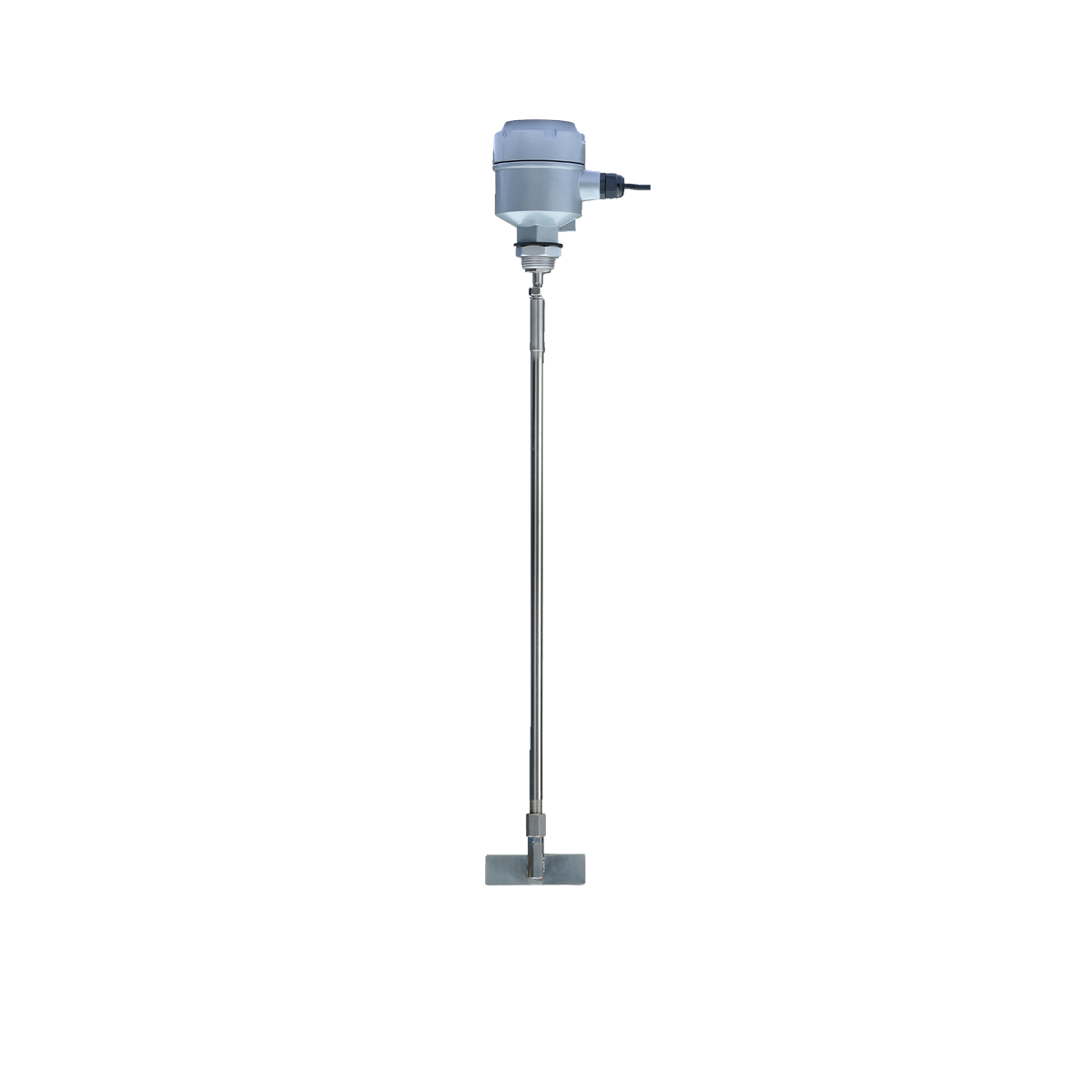Rotary paddle switch is a liquid level control device, mainly used in the industrial field to detect the liquid level of solid materials (powder and particles).The reliability of the anti-rotation level switch is affected and restricted by many factors. Among them, the motor is the key component of the anti-rotation level switch and has the greatest impact on it. It can be said that the quality of the motor determines the reliability of the anti-rotation level switch. If the quality of the motor is not good enough, the following problems may occur:It can be seen that the quality of the motor directly affects the quality and service life of the anti-rotation level switch. Just like the human heart, the motor also plays a key role in the anti-rotation level switch. The working principle of the anti-rotation level switch can be easily understood.As a material level switch for solid material detection, the anti-rotation material level switch uses a micro motor as a driving device, which is connected to the blade drive shaft through a clutch.Obstructing the level switchWhen the blade is not in contact with the material, the motor keeps running; on the contrary, when the blade is in contact with the material, the motor stops rotating, then the motor power is cut off, and the switch signal is output at the same time to control the material transportation. If the material falls, the resistance of the blade will disappear, and the blade will return to the normal rotation detection state through the torsion spring device.From the above working principle of the anti-rotation level switch, it can be seen that the quality of the motor has a decisive influence on the stability and working reliability of the anti-rotation level switch. A large number of practices have proved this from the opposite direction.Different brands of motorsIn industrial applications with strict safety control, if an inappropriate motor (such as a domestic low-quality motor) is used, it is likely to cause frequent failure of the anti-rotation level switch.Generally speaking, there are four common failures of anti-rotation level switches:1. The motor coil is easy to burn out, causing the instrument to be scrapped;2. The motor torque is insufficient, and false alarms often occur;3. The motor is relatively light, which makes the instrument unable to eliminate the self-vibration during operation, which affects the working stability of the instrument;4. The motor reducer wears quickly, gears are prone to seizure, or the motor cannot work due to broken parts.Internal diagram of anti-rotation level switchSince the motor has such a great influence on the stability of the anti-rotation level switch, what are the main factors that should be considered when selecting a motor?Specifically, the selection of the motor is not unilateral, and the structure, power, speed, deceleration mechanism, temperature rise and other factors of the motor must be considered comprehensively. However, in order to cope with competition, many domestic instrument manufacturers blindly fight price wars. In order to control costs, most of them choose domestic low-quality motors.The internal reducers of low-quality and cheap motors mostly use plastic gears, with thin parts, thin coils, and unqualified materials, which greatly reduces the performance and reliability of the entire product of the anti-rotation level switch.
The motor used by Huikeda In view of the fact that the choice of the motor in the anti-rotation level switch is directly related to the performance and reliability of the product, the anti-rotation level switch uses imported high-quality motors and bearings, and the transmission parts are made of 304 stainless steel, which greatly improves the entire instrument The performance is more stable and reliable.

Post time: 21-09-21
